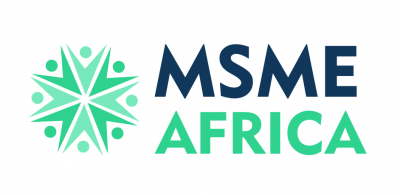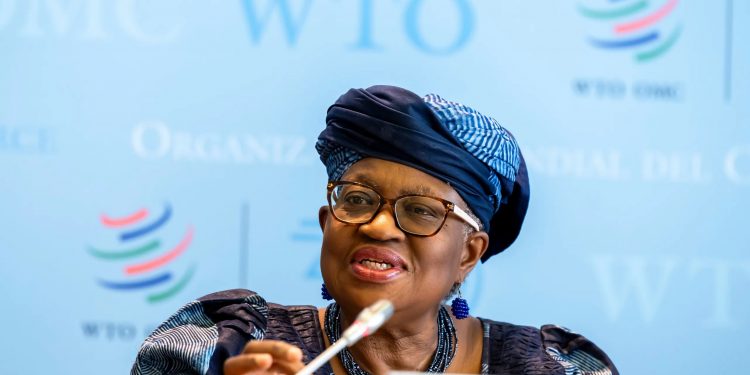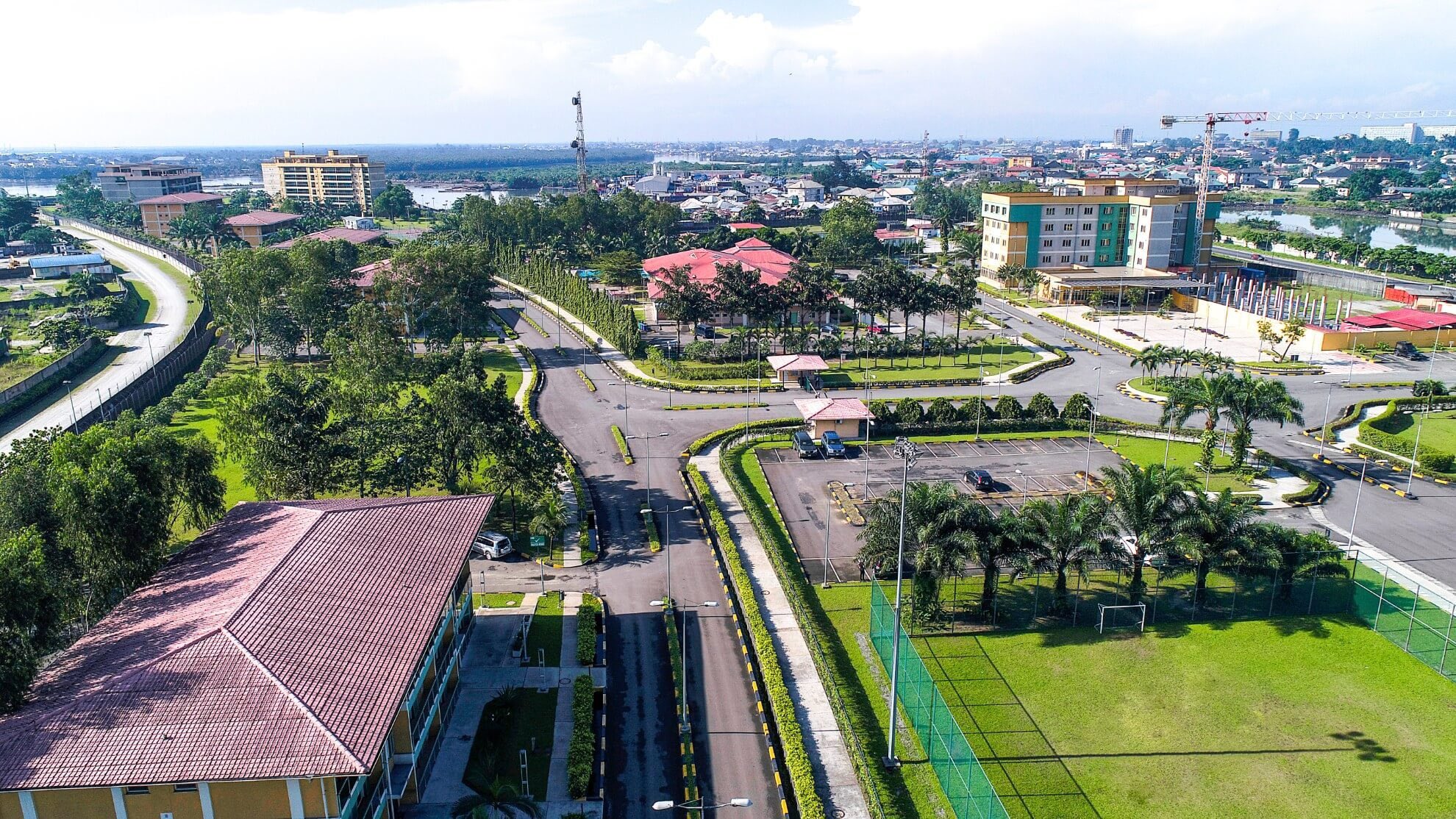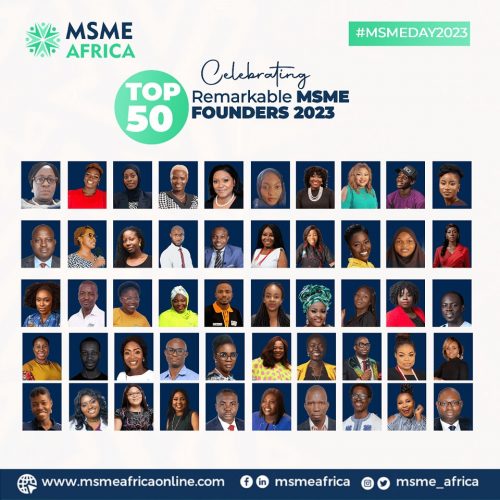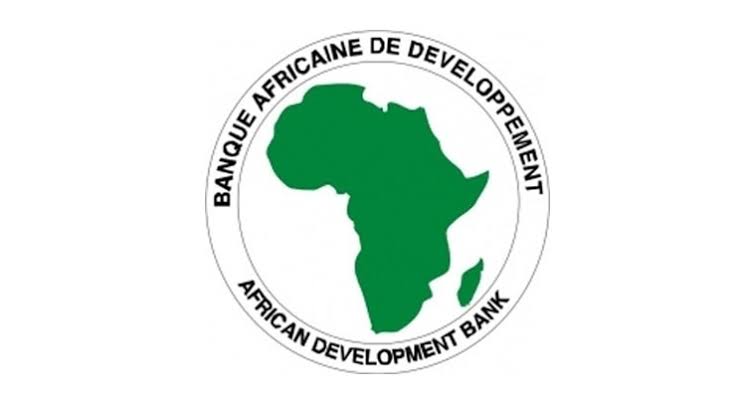The World Trade Organisation (WTO) has upgraded its 2025 outlook for global goods trade, citing rising demand for artificial intelligence (AI) technologies and stronger trade flows among developing economies. The forecast for merchandise trade growth has been raised to 2.4%, up from an earlier estimate of 0.9%, signalling a gradual recovery in international commerce after a subdued 2024.
In its Global Trade Outlook and Statistics Report, the WTO noted that AI-related products, including semiconductors, servers, and cloud infrastructure, are now central to global trade momentum. These products accounted for 42% of total trade growth in 2025, compared to just 15% in previous years, reflecting a major shift in global demand patterns.
According to WTO Senior Economist, structural investments in digital infrastructure have become a key engine for trade expansion. Director-General Ngozi Okonjo-Iweala added that stronger South-South trade links and restrained tariff measures have helped sustain global commerce despite ongoing geopolitical tensions.
Developing economies recorded an 8% year-on-year increase in trade during the first half of 2025, outperforming the global average of 6%. This resilience is being attributed to diversified export strategies, growing manufacturing capacity, and rising participation in digital value chains.
Okonjo-Iweala stressed that the improving outlook presents a strategic opening for small and medium-sized enterprises (SMEs), particularly in emerging markets. She noted that SMEs could position themselves in new export segments tied to AI components, digital services, smart manufacturing, and cross-border e-commerce.
World Trade Organisation (WTO) has upgraded its 2025 outlook for global goods trade, citing rising demand for artificial intelligence (AI) technologies and stronger trade flows among developing economies. The forecast for merchandise trade growth has been raised to 2.4%, up from an earlier estimate of 0.9%, signalling a gradual recovery in international commerce after a subdued 2024.
In its Global Trade Outlook and Statistics Report, the WTO noted that AI-related products, including semiconductors, servers, and cloud infrastructure, are now central to global trade momentum. These products accounted for 42% of total trade growth in 2025, compared to just 15% in previous years, reflecting a major shift in global demand patterns.
According to WTO Senior Economist, structural investments in digital infrastructure have become a key engine for trade expansion. Director-General Ngozi Okonjo-Iweala added that stronger South-South trade links and restrained tariff measures have helped sustain global commerce despite ongoing geopolitical tensions.
Developing economies recorded an 8% year-on-year increase in trade during the first half of 2025, outperforming the global average of 6%. This resilience is being attributed to diversified export strategies, growing manufacturing capacity, and rising participation in digital value chains.
Okonjo-Iweala stressed that the improving outlook presents a strategic opening for small and medium-sized enterprises (SMEs), particularly in emerging markets. She noted that SMEs could position themselves in new export segments tied to AI components, digital services, smart manufacturing, and cross-border e-commerce.
